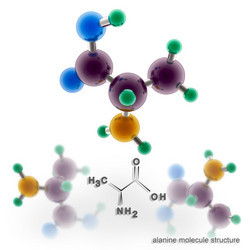Energy issues when proteins bind together
Mutation could be a result of a change in protein structure at a critical location, affecting binding to another protein. This may be in the form of addition or removal of groups that stabilise the reaction, for example. The resulting change in binding energy could mean significant alterations in products and consequent pathways downstream. The EEPPIBM (Exploring the evolution of protein-protein interactions and their networks using biophysical models) project investigated how energy changes upon mutation in the context of evolution. Using a data set of 1 949 mutations from a wild type crystal protein complex, the researchers modelled mutant interactions and evaluated the changes in intermolecular contacts. The work on scoring of poses in protein-protein docking was published in the Journal of Chemical Theory and Computation. More than 100 scoring functions were also evaluated for their relevance in protein-protein interactions. Functions included molecular mechanics methods in modelling as well as hydrogen bonding and solubility relating to electrostatics. The functions were made available to the scientific community via the CCharPPI server(opens in new window) and the consequent ranking of docking poses can be found on the SwarmDock server(opens in new window). The SwarmDock server is a web-service enabling generation of 3D structures of protein-protein complexes. For mass spectroscopy, these functions were used to design protein inhibitors of a metalloprotease with no known natural inhibitors. The designs are currently being validated. EEPPIBM research has also been applied in scanning the amino acid alanine for binding hotspots to determine how these have changed over evolutionary timescales. New insights into how nature shapes the spatial organisation of energy influencing contacts at a binding interface are emerging.




